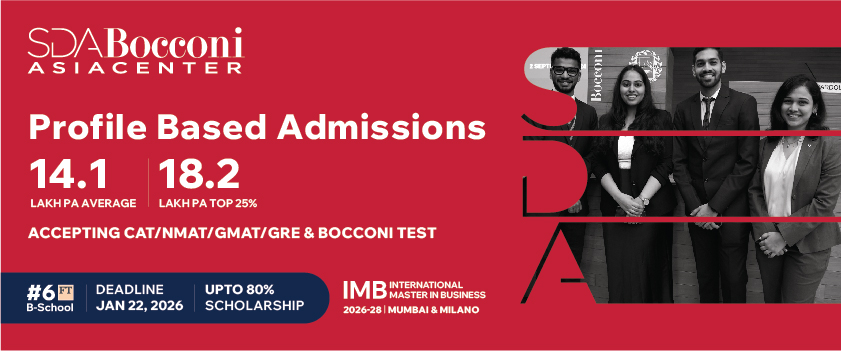Being a fresher, I was excited about my summer internship at Godfrey Phillips India Limited, to translate my academic learning into concrete work and have first-hand experience in the corporate environment. I hit the ground running as an intern for Pan Vilas Pan Masala. Being a MOUB (Loyal) consumer of Pan Vilas (i.e. PV, as they call it), it was not difficult for me to understand the nitty-gritties of the industry.
The best thing about working in GPI and specifically Pan Vilas is that it allows you to take ownership of your work; you are independent to take decisions and present ideas. You’re considered a valuable resource and as a marketer if you’re not able to sell the idea to your colleagues you can’t sell it to anyone else. Right from deciding the packaging and labeling for the product to designing customer loyalty programs, I have done it all for PV that is available in the brand books.
But the best part was the market visits, of course. It gave me a different perspective about how the pan masala as an industry may look mundane from the outer view, but from the inside it is a highly competitive and a strenuous FMCG sub industry.
My mentor was a tough teacher. I have been scolded multiple number of times, but for my own good. He always pushed me to work hard and act smart. I believe once you align yourself with your mentor and start taking feedback constructively, you definitely excel at your work. For marketers, if you can handle the FMCG pressure and ace the process of learning and re-learning, you will be able to hone your skills and at the end of your internship, you’ll take back a valuable experience. Thus, it is imperative to choose your internship wisely, in order to deliver your best.
This internship has given me immense knowledge that can be transferred through the PRISyM platform, marketing club of SIBM B, where I hold the position of the Co-ordinator. People are unfamiliar about the process of branding as crude a product as pan masala. For a consumer the process of choosing consumer durables goes a long way from need recognition to evaluating your total set and till making a purchase. It is a high involvement process and there is assistance at almost every step. But for an FMCG product and that too a pan masala, the first purchase is always based on peer recommendation and influencers.
One thing that I have learned by working in corporate is that all the marketing models, like BCG/Ansoff/Brand Identity or Rogers diffusion, are merely a tool to achieve what you want you are aiming to achieve. This is the reason that OGST becomes the primary step before planning out any marketing activity for the brand.
I always felt at home while working for Pan Vilas at Godfrey Phillips India Limited.
Indeed – Shauk Badi Cheez Hai!
